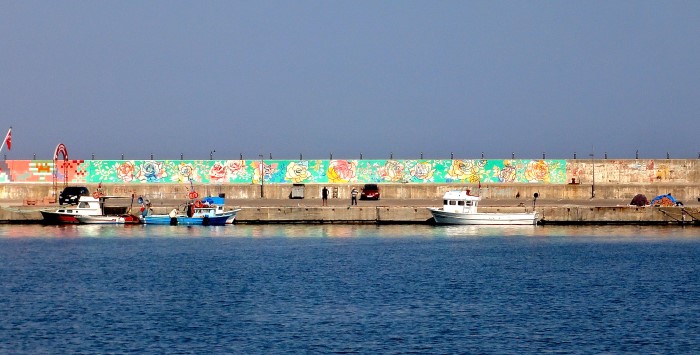Traveling IN Tuscany
Tuscany, Italy After a while at anchor, we decided it was time for a road trip through Tuscany. We parked Berkeley...
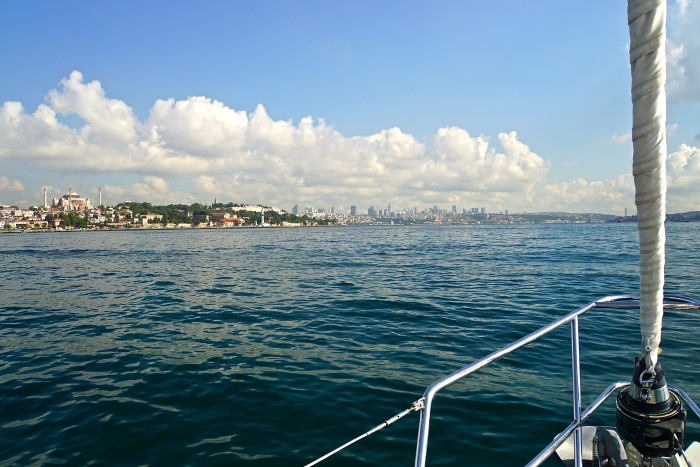
With Berkeley East in Istanbul, there was one more major cruising goal for the season: a trip into the Black Sea. The idea came to us one cold winter evening when the Sochi Olympics were on. For some crazy reason, we thought the fact that we were in Turkey, which borders the Black Sea, meant we were close to Russia and we decided it would be fun to take BE up the Bosphorus Straight through the Black Sea, past Crimea to Sochi. (This of course, was before the current conflict began, as we are not completely insane.) As we began to research a route to Russia, we discovered that Sochi is actually some 500 nautical miles from Istanbul, not an undoable distance for Berkeley East (she has after all sailed a 3,000-mile passage across the Atlantic), but with our current day-sailing mentality, it was a very long way! Still, we continued exploring the idea and found that Russia is not your typical cruising ground, perhaps the Ukraine instead? Ultimately our insurance company would only allow us to go into the Black Sea if we stayed in Turkey. So Black Sea Turkey it was.
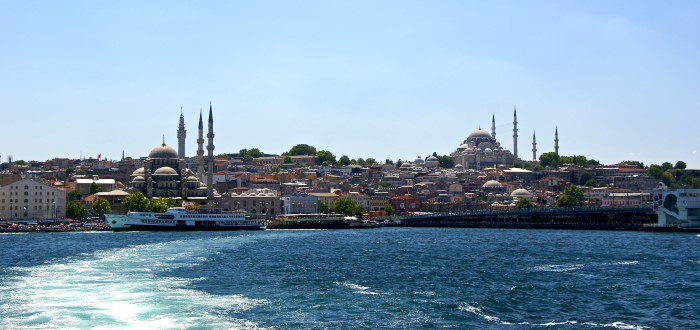
To get to the Black Sea, we had to first navigate the 20 miles north through the Bosphorus Straight. Just twenty miles, simple you say? The Bosphorus is the world’s narrowest straight used for international navigation, connecting the Black Sea to the Sea of Marmara and the Aegean. It is one of the planet’s busiest waterways with some 48,000 large commercial ships passing through annually; three times denser than the Suez Canal, four times more active than the Panama Canal. Add to that, constant east-west traffic of ferries, high-speed catamarans and local fishing boats, the Turkish Coast Guard coming along side BE to tell us to change our Turkish flag (ours was a bit faded), throw in a north-south surface current of 4+ knots, a strong countercurrent under the surface that creates swirls and eddies, and you’ve got something that at times resembled Mr. Toad’s Wild Ride.
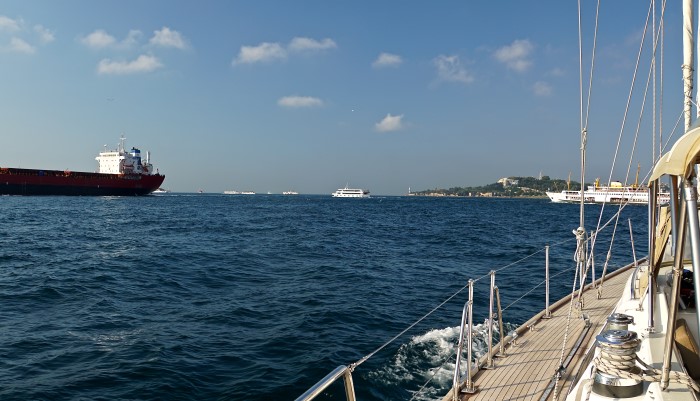
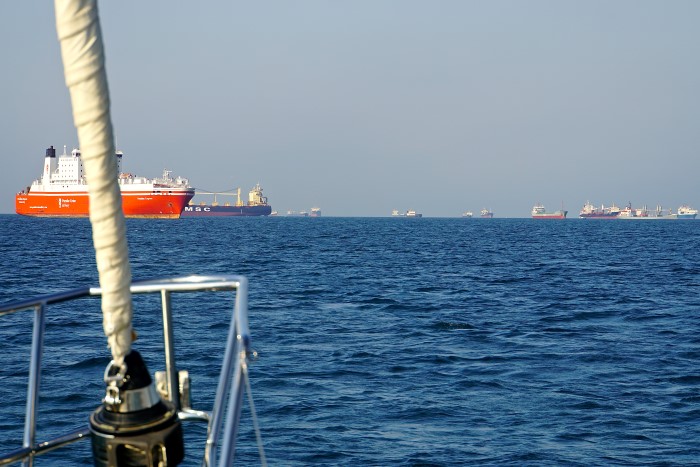
The 20-mile trip took three stressful hours. The return trip, going with the current, took about half the time with BE sometimes gliding along at 10 knots. Between dodging freighters and ferries, we were treated to breathtaking views of both sides of Istanbul. The neighborhoods that we had walked through days before looked like two enormous masses.

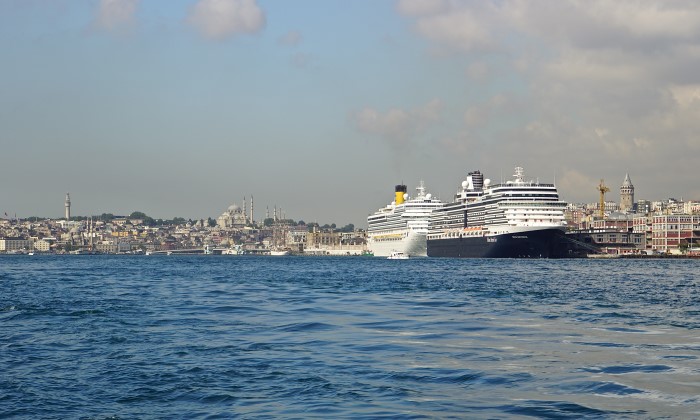
There are 620 waterfront houses built during the Ottoman period along the strait’s European and Asian shorelines. Ancient mosques, castles and palaces, are nestled among the city’s modern skyscrapers and bridges. Famous sites like the Topkapi Palace, Dolmanahce Palace and Hagia Sofia were all within view as we cruised up the Bosphorus in Berkeley East. It was incredible.
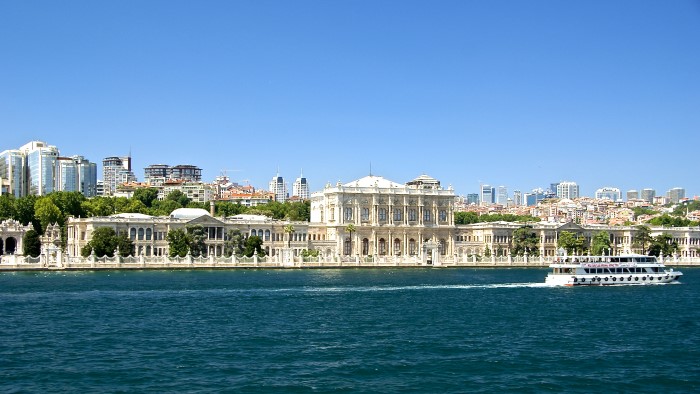
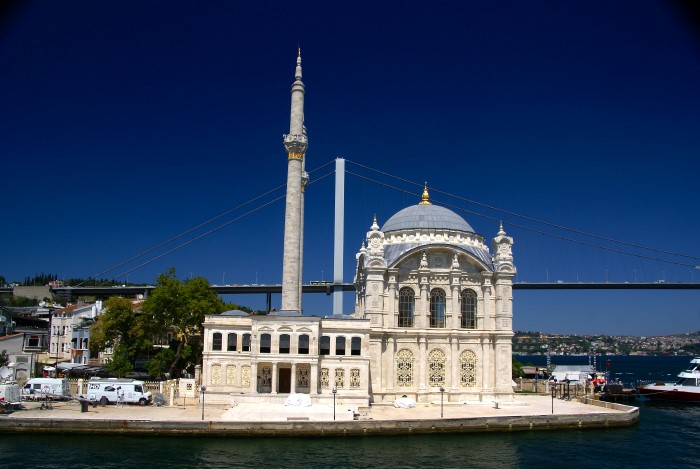
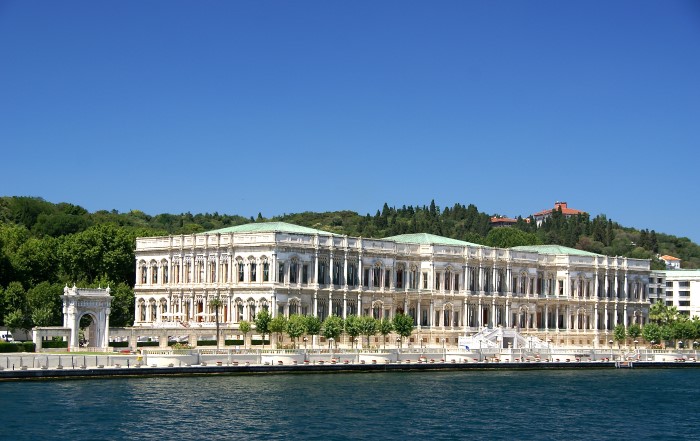

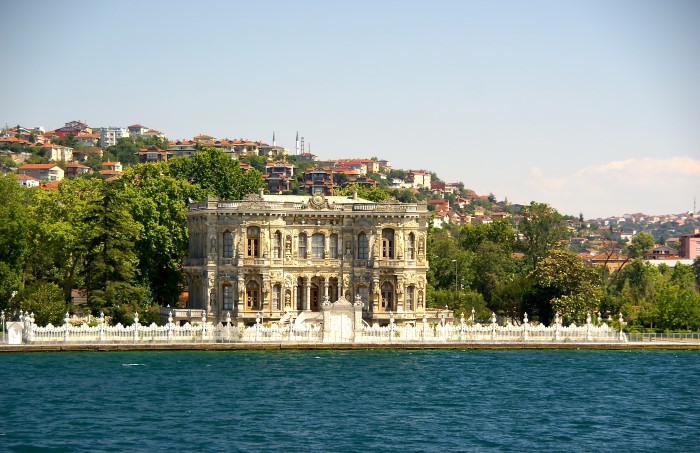
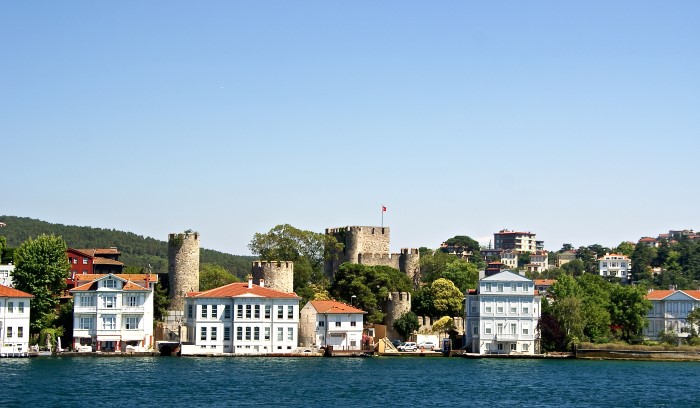

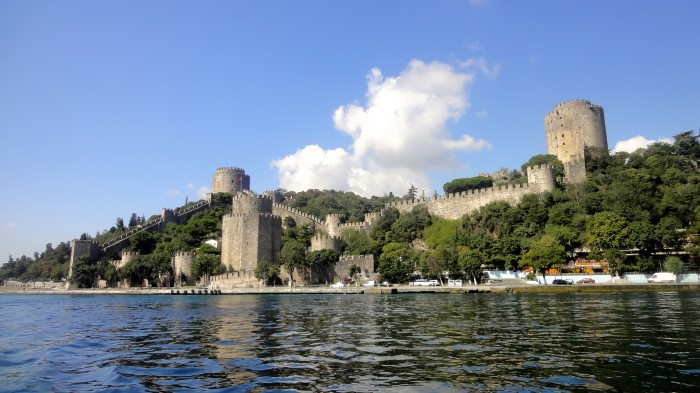

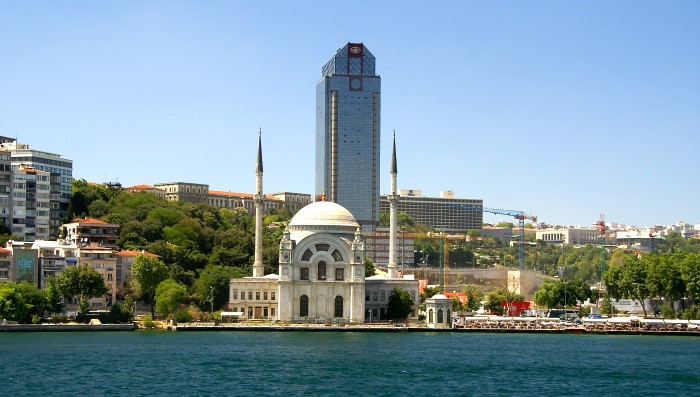
Crossing from the Bosphorus into the Black Sea was a bit uneventful. No bells or whistles, and definitely no black water.
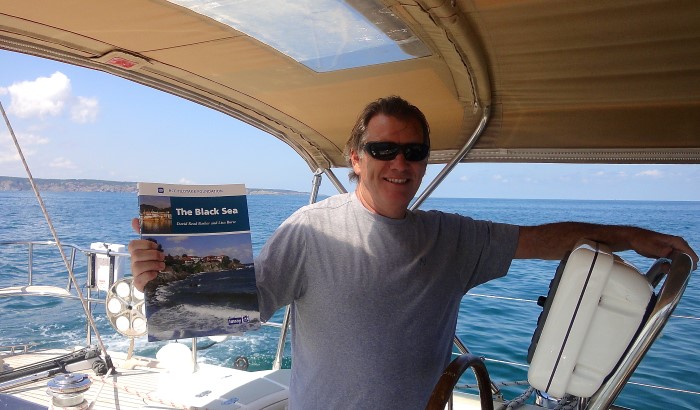
There are many theories as to how this body of water came to be called the Black Sea. Some say it is because the weather is notoriously bad, thus unwelcoming for navigation. Another possibility may be an ancient assignment of colors to the direction of the compass: black referring to the north, and red referring to the south. Or it could come from the fact that the deep waters are darker in color due to lower levels of saline. In naval science, the Black Sea is thought to have received its name because of its hydrogen sulfide layer that begins about 200 meters below the surface and supports a unique microbial population that produces black sediments. In today’s world, one might think the Black Sea’s name refers to the anger and hostility that has fallen upon parts of the area.
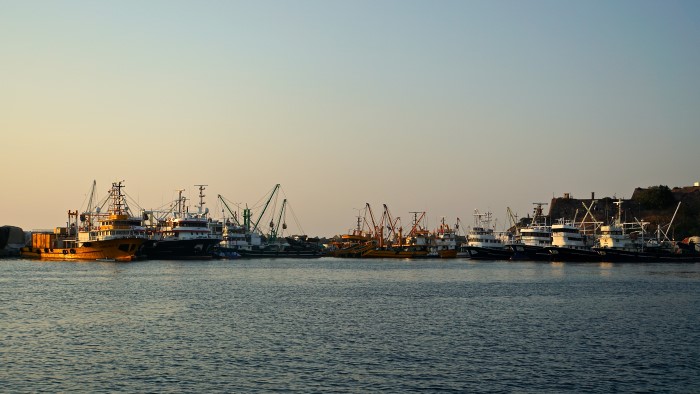
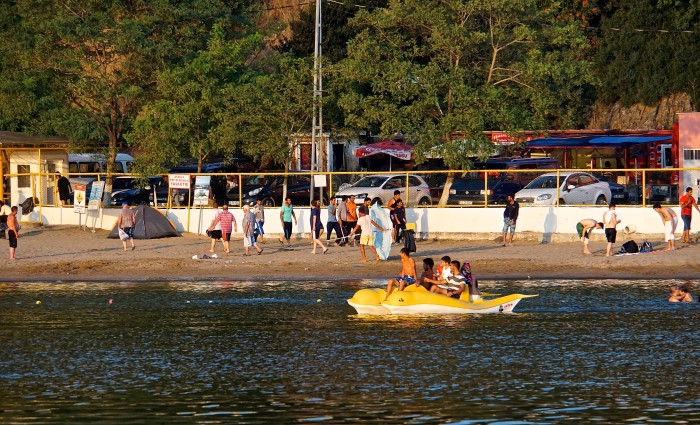
From what we saw of the Black Sea, you would never know that there was a serious conflict just 500 miles to the north. In the fishing village of Poyraz, at the entrance to the Black Sea, the beach was packed, people were swimming and taking rides on dolphins. As we continued into the Black Sea the Turkish coast was quiet and peaceful.
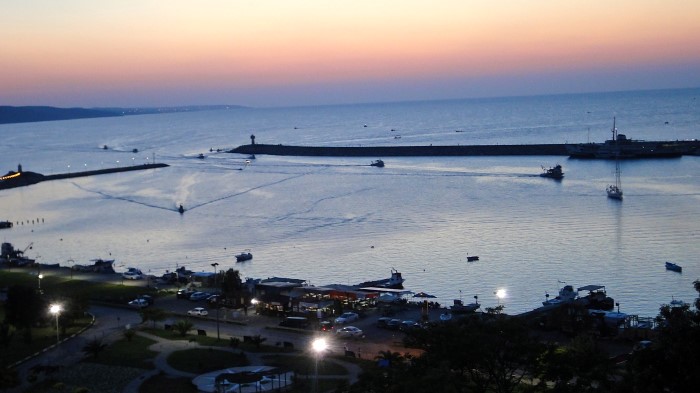
In the town of Sile, it was business as usual, with the fishermen out in force paying no mind to the American boat anchored in their harbor. With weather upon us, we had to cut our foray into the Black Sea short. It was the furthest east we expect to cruise, time to start making our way home.
